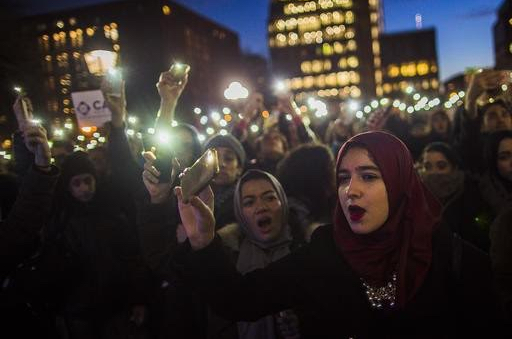OPINION: Stable immigration patterns help make Brooklyn No. 1

Brooklyn is No. 1 — in population within New York state, that is. And immigration has a lot to do with it.
According to recently released figures for 2016 from the U.S. Census Bureau’s U.S. Population Estimates, there were 2,629,150 people in Kings County last year, more than in any county in the state. This represents an increase of about 5,000 from 2015, when estimates showed a population of 2,624,951 for Brooklyn.
In fact, Brooklyn’s estimated population has increased year by year since the 2010 overall Census survey, which showed 2,504,700 people living in the borough. This represents a 5 percent increase in population. Only the Bronx, with 5.1 percent, had a larger increase in people over the six-year period.

Brooklyn Boro
View MoreNew York City’s most populous borough, Brooklyn, is home to nearly 2.6 million residents. If Brooklyn were an independent city it would be the fourth largest city in the United States. While Brooklyn has become the epitome of ‘cool and hip’ in recent years, for those that were born here, raised families here and improved communities over the years, Brooklyn has never been ‘uncool’.